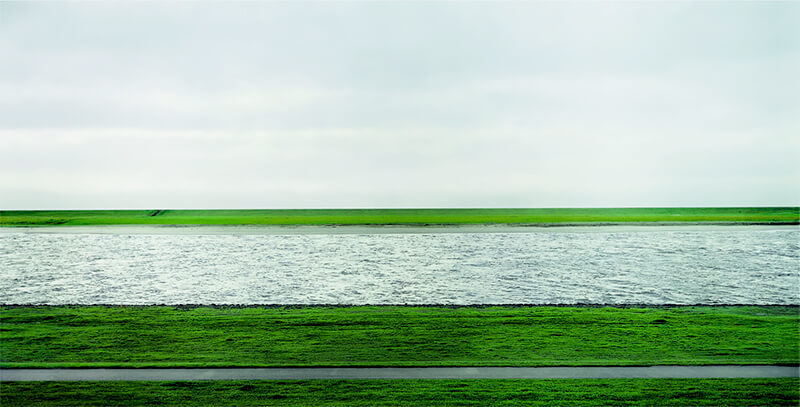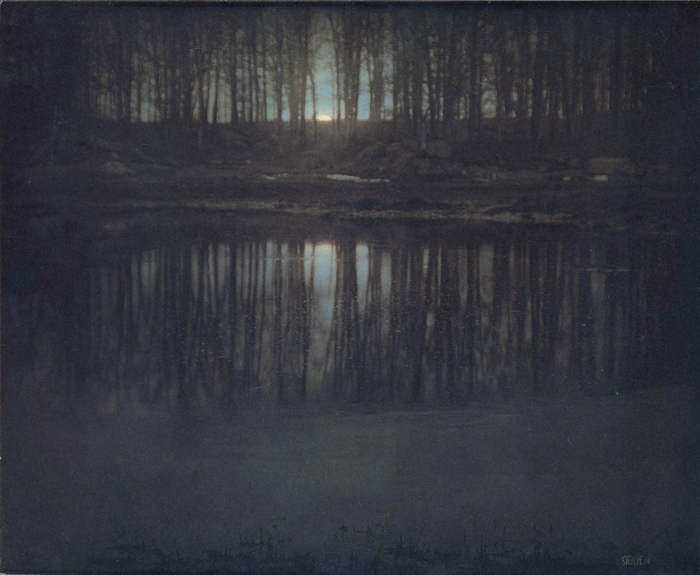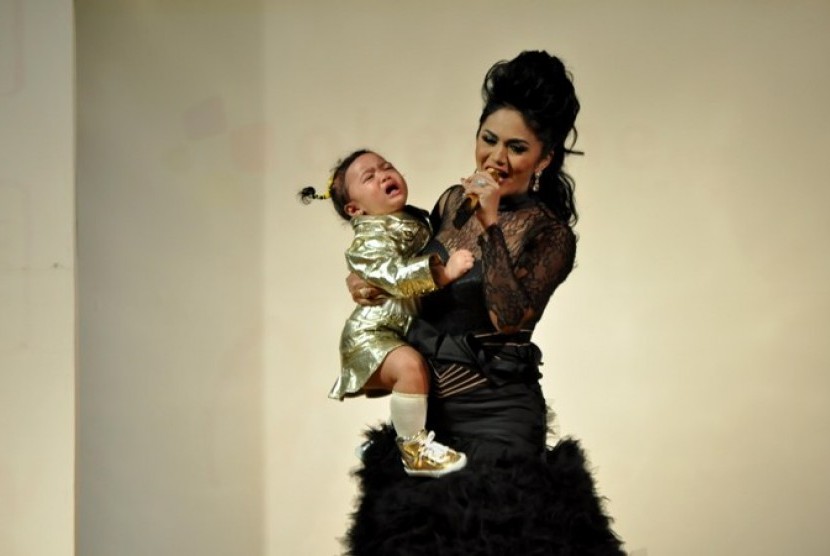IBRAHIM
SMK NEGERI 2 LUWU UTARA
WHAT IS CAPTION?
Caption text is brief description, heading, or title that identifier or introduces a document, graphic, photograph, or table.
According to Wikipedia Photo captions, also known as cutlines, are a few lines of text used to explain and elaborate on published photographs. In some cases captions and cutlines are distinguished, where the caption is a short (usually one-line) title/explanation for the photo, while the cutline is a longer, prose block under the caption, generally describing the photograph, giving context, or relating it to the article.
 |
| (taken from: https://www.timesindonesia.co.id) |
WHY PHOTOS NEED CAPTIONS?
let's see pictures below
What do you think about this picture?
 |
| Photo by tribuntimur.com |
The 10 Most Expensive Photographs Ever Sold
- Phantom
Edvard Steichen – 1904
The artist created the early photograph by applying light-sensitive gums. This gave the final print more than one colour.
The photograph cost its buyer $2,928,000 in 2006. At the time, it was the highest price ever paid for a photo at an auction. The two other versions are exhibited in museums.
LEARNING ACTIVITIES
Let's watch the video
What is the caption function?
Helping readers or viewers to understand more information that might not be in photos or videos.
Generic structure of caption
1. The title
| Taken from: https://www.lightroomqueen.com/ |
Caption is a description of the photograph that provides some context and or information on the subject in the image. ... ..Whereas a caption “explains” an image, a title just provides a reference, or a meaning to the photographer's intent.
| Taken from: https://robertrodriguezjr.com |
TITLE: "Lyrical Walk, Maine" - CAPTION: As I explored this shoreline path, the sound of the waves and smell of the sea seemed to guide me in a way that made me forget where I was actually going.
The lead
 |
| Taken from: Bagus Mr Good YT Channel |
Section Heading
 |
| Taken from: Bagus Mr Good YT Channel |
Language Features
Question
Exclamation |
| Taken from: https://www.grammar-monster.com |
 |
| Taken from: Slideshare.com |
Prepositional Phrase
A prepositional phrase is a group of words consisting of a preposition, its object, and any words that modify the object. Most of the time, a prepositional phrase modifies a verb or a noun.
Biasanya digunakan untuk waktu dan tempat. Ada beberapa contoh frase pre proposisi antara lain : at the bus stop, under the tree, in front of, on the table, on the corner of the street, in the waiting room, dan lain sebagainya.
Simple present tense
Photo captions should be written in complete sentences and in the present tense. The present tense gives the image a sense of immediacy. When it is not logical to write the entire caption in the present tense, the first sentence is written in the present tense and the following sentences are not.
Penggunaan present tense pada caption agar lebih informative apalagi biasanya sebagian besar foto merupakan peristiwa berita yang terjadi sekarang. Rumus penggunaan present tense adalah subject + verb 1 (s/es) + object.
Types of photo caption
The caption only mentions about
subject in the picture
Cutline
This caption mentions about who are the subjects in the picture or photos and what activity they do.
Summary
Full explanation about subject, activity, time detail, location detail and why it’s happened.
Longer version of summary caption.
This also include how the event occurred.
 |
| Taken from: www.englishadmin.com |
Quote
Consist of someone’s word which has
been quoted related to the picture or photos.
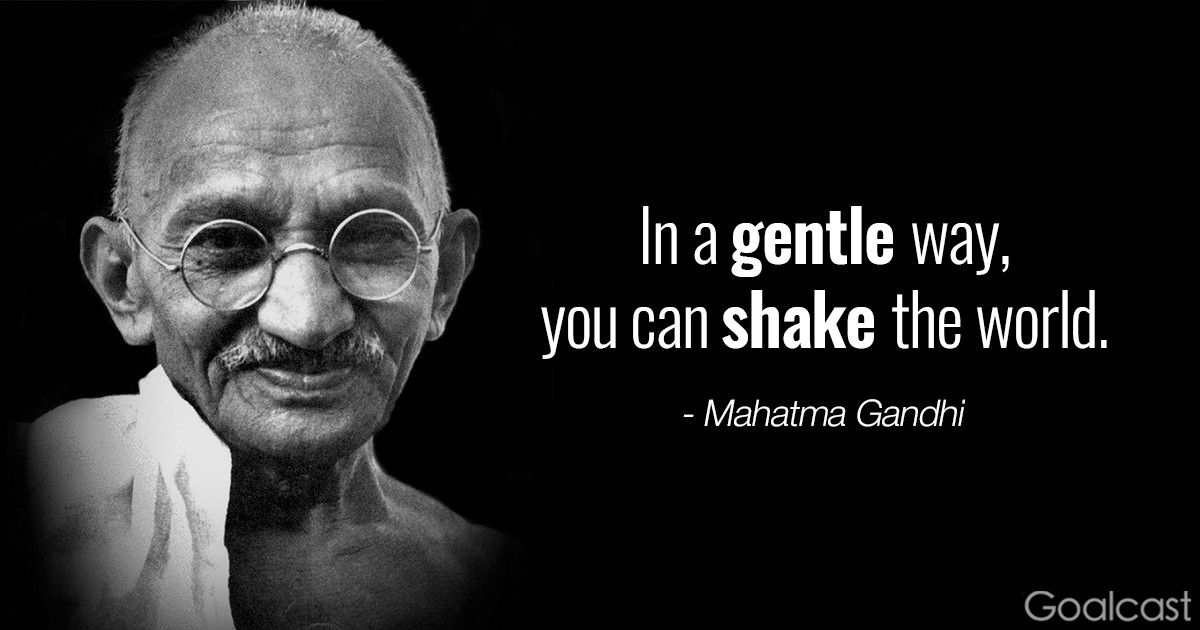 |
| Taken from: https://www.goalcast.com |
Group Identification
Used to identify when
subjects are more than one. Used to identify when subjects are more than one.
Rule of Writing Caption
- Supply specific information (Answering 5W1H Question) {dengan dibuatnya caption pada foto, maka harus bisa menjawab apa yang ingin diketahui oleh pembaca. Seperti siapa, dimana, kapan dan lain-lain.
- Use Present tense on the first sentence (Gunakan present tense jika ingin membuat caption berupa wejangan atau kata-kata motivasi)
- Caption are written in a complete sentences (Biasanya caption dibuat dengan menggunakan kalimat utuh tanpa adanya kesan setengah-setengah)
- Clearly identify the people and location in the photo (Mencantumkan siapa, dan dimana pada foto ketika caption yang kalian buat memberitakan suatu kejadian atau peristiwa)
- Identify the person from left to right (Menuliskan semua orang yang ada di dalam sebuah foto dari kiri ke kanan.
- Make sure your caption completes your photo. A simple description of the action wouldn’t be enough. Give them something more they can’t see in the photo. It’s a great way to catch their attention and activate their curiosity.
- Don’t forget to describe important details that are not visually obvious. For example, it’s always interesting to remind the context in which the action of your story occurs (location, time of the year, etc.).
In this example from the New-York Times, we view a specific action, but the journalist added some important context in the photo caption. Together, the photo and its caption say a lot more.
- Make sure your facts and information are accurate.
- Identify and name important people in the photo (beware of spelling mistakes!)
- Try to be as specific as you can: date, place, context, credits, copyright, etc.
- Never make judgments or personal comments (we’re talking about information here, not feelings).
- Don’t be arrogant or cynical, and don’t make assumptions. Instead, check your facts again.
- Include credits, pull quotes and citations when relevant.
In this example from National Geographic, the journalist took advantage of the caption to add historical facts.
- Good positioning
Positioning your captions contributes to
its impact. Only position your captions below, to the left or to the
right of your photo. Putting your captions on top of the photo will run
the risk of it being missed your readers.

- Spacing
The space between the photos and
their captions is also important. Place your caption as near as possible
to the photo it describes. Placing them too far away will confuse
readers, as they might think that it’s describing something else.

For more information please visit Fusion years book website: click here
How to Write a Caption
- Good positioning
Positioning your captions contributes to its impact. Only position your captions below, to the left or to the right of your photo. Putting your captions on top of the photo will run the risk of it being missed your readers.

- Spacing

For more information please visit Fusion years book website: click here
How to Write a Caption
- Observe the picture or video you will give the caption (amati foto atau video yang akan diberikan caption)
- Find out the message that will be sent from the picture before you write caption (Cari /beri pesan yang terkandung dalam foto sebelum menulis caption)
- Write sentence or phrase under the picture (tulislah kalimat atau frasa dibawah atau dimanapun yang sesuai pada gambar).
















